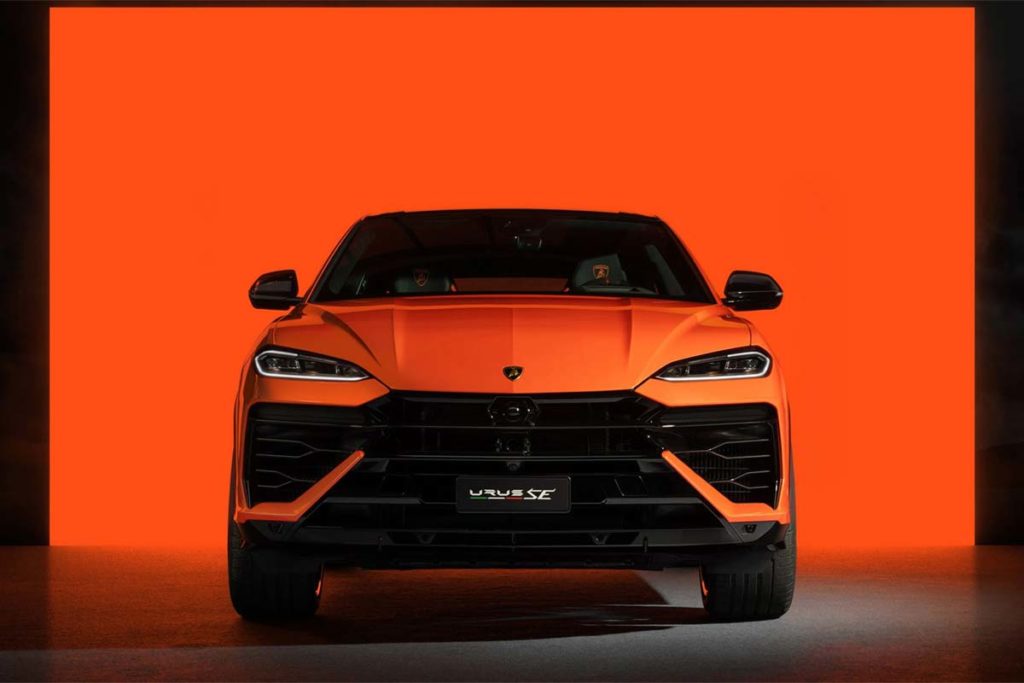
Some would say it's just a rebadged Audi, but it's not, this SUV from Lamborghini is an example of what a luxury brand must do, with an offer that perfectly meets a demand. URUS has unveiled its new face and reinvented itself with a rechargeable hybrid version. This major restyling comes six years after the initial launch of the Urus in 2018, a model that revolutionized the brand by attracting a new audience and setting impressive sales records with over 6,000 units for the SUV on the 10,000 Lamborghinis sold last year.
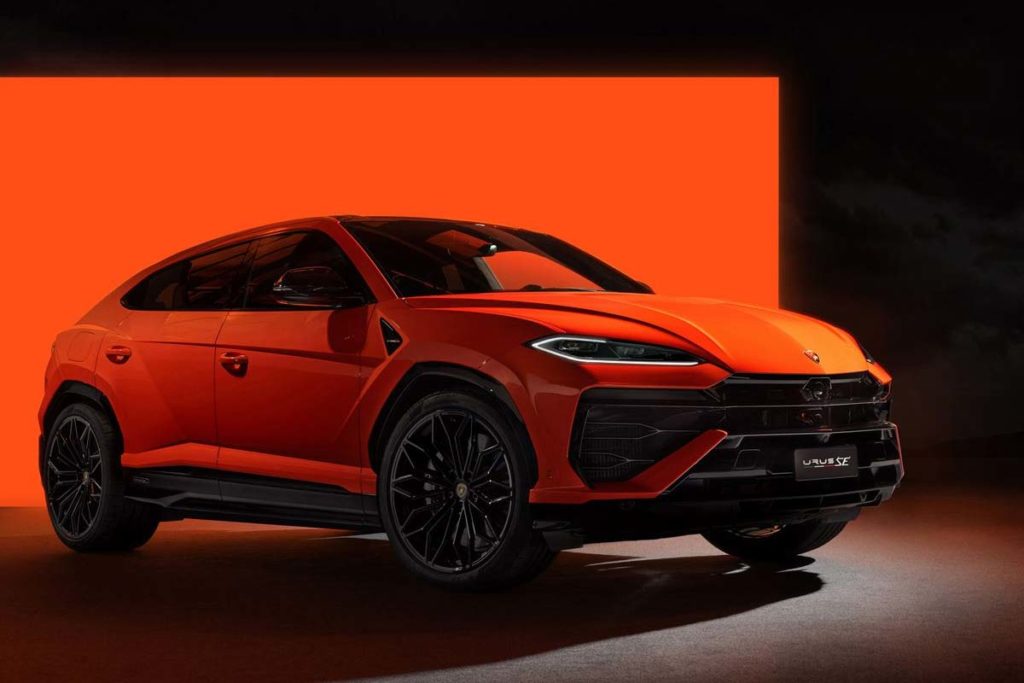
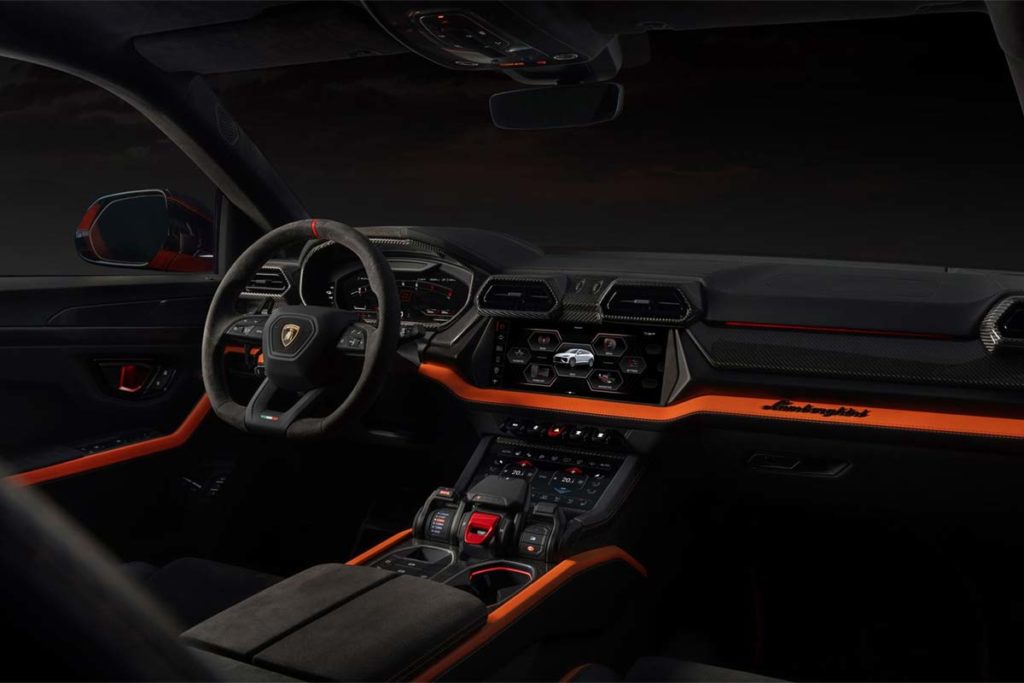
The new Urus not only offers a completely redesigned exterior including hood, tailgate and fascias, but also a new luminous signature giving it an even more dynamic and modern character. Inside, the SUV features a new 12.3-inch central touchscreen, equivalent in size to the digital speedometer, reflecting a harmony of technology and aesthetics. The "Ad Personam" personalization program is also enhanced, offering extravagant options such as 23-inch wheels.
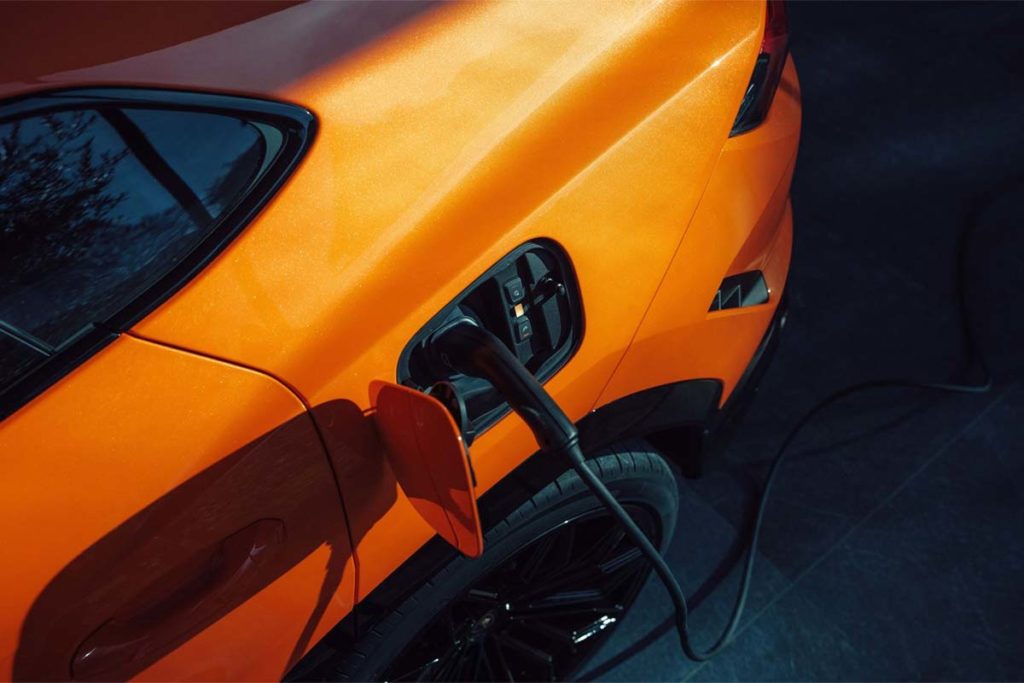
The transition to hybridization is not just a formality for Lamborghini. The SE model of the Urus is now equipped with192 hp electric motor integrated into an eight-speed gearbox, which, in combination with the V8 4.0 biturbodevelops a total power of 800 hp and 950 Nm of torque. This configuration enables the Urus to travel up to 60 km in fully electric mode, thanks to a 25.7 kWh battery, and achieve breathtaking performance: 0 to 100 km/h in 3.4 seconds and a maximum speed of 312 km/h. Like we announced several months ago, this is the engine already seen at Porschewith 60 hp more.
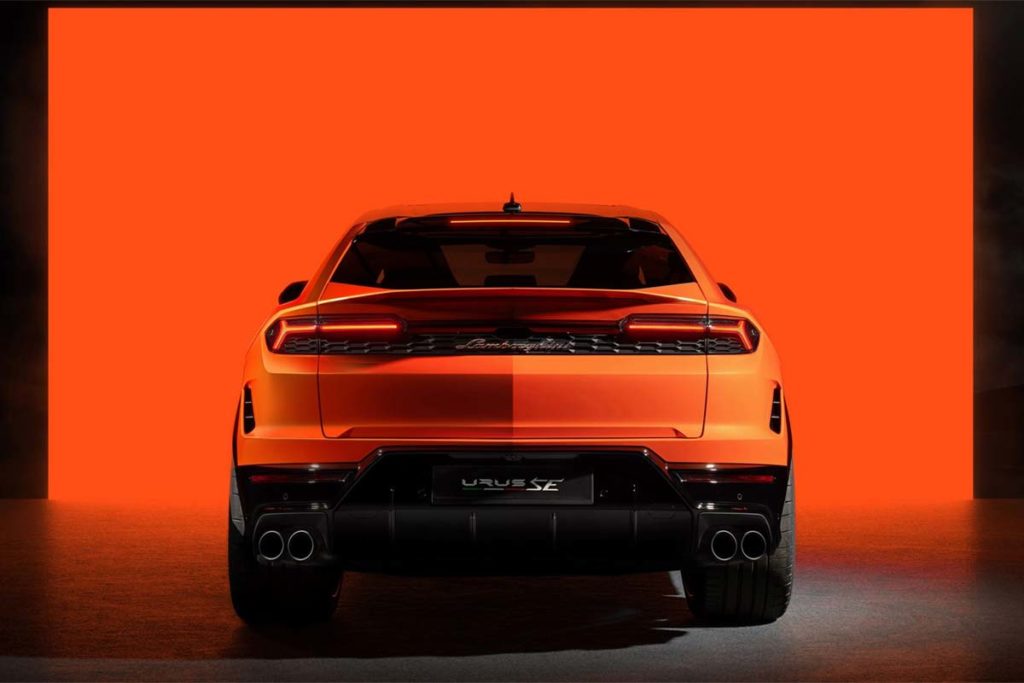
The Urus SE, although about 150 kg heavier compared to its combustion-powered predecessor, benefits from significant technical improvements. Lamborghini has reworked the all-wheel drive system and introduced a new electronic rear differential and central multi-plate clutch, optimizing torque distribution and accentuating the Urus's rear-wheel drive character.
This new hybrid model is not just an evolution of the Urus, but also also announces Lamborghini's plans for future modelsincluding the Lamborghini Temerario, Huracan replacement. The PHEV engine from the Urus SE will also power the Temerario, probably promising blistering acceleration from 0 to 100 km/h in under 2.5 seconds. We'll just have to wait and see how this V8 PHEV sounds compared to the V10!
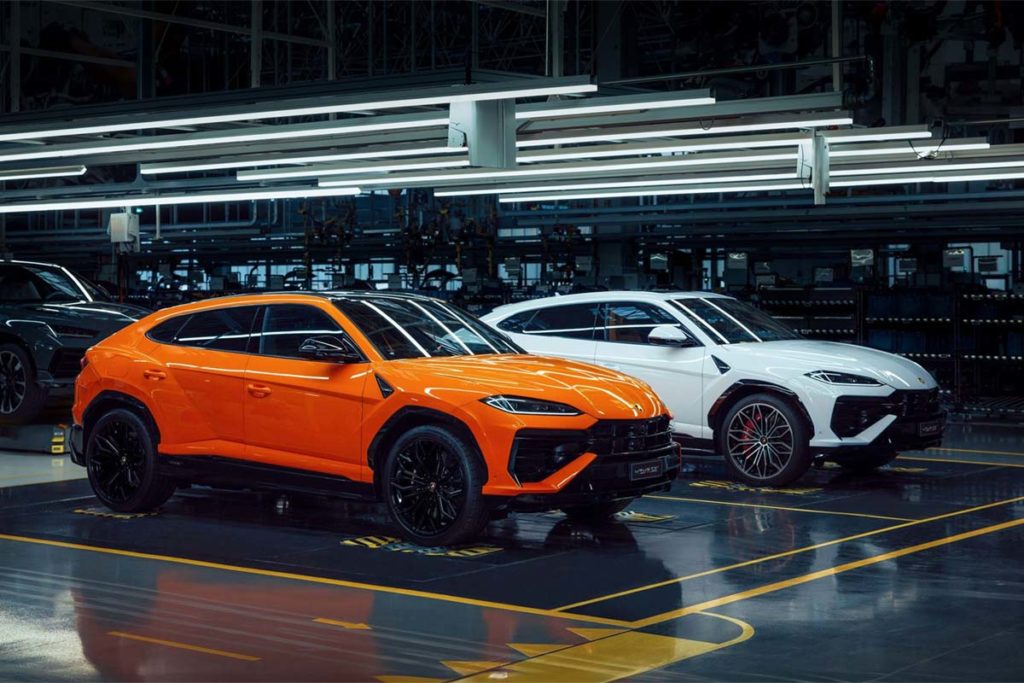
With a price of around €270,000, Its price positioning is also very attractive, as it is around €150,000 less expensive than a Ferrari Purosangue, which offers a naturally-aspirated V12. The URUS is also €150,000 more expensive than the Maserati Grecale Trofeo and its twin-turbo V6. But note that for the Ferrari, as for the Maserati, you'll have to add the various taxes linked to the ecological malus in force in the different countries. All 3 models are Made in Italy.
The Lamborghini Urus SE reaffirms its status as the brand's best-seller with innovation and performance, but also proves that even the wildest bull can adapting to new ecological requirements. It will be interesting to follow sales of this new model.

Ah, if only ALFA and MASERATI had been sold to the VW group...Today they'd be making a profit... STELLANTIS doesn't have the experience to manage luxury or premium brands...We can see that with DS...And with the concern for puretech and hybrid reliability, that's not going to help either...
Exactly.
Scrooge comes from Renault (project manager for the Mégane 2, that's his vision of "quality"), and has caused reliability to plummet at PSA. DS has been an official brand for 10 years, and is still not credible.
Imparato comes from Peugeot. No comment.
Mesonero-Romanos comes from Seat and Dacia. No comment.
Well, when you see the new Macan and this new Urus, and when you see what Stellantis is doing (or rather not doing) with Alfa Romeo and Maserati, you can clearly see the difference in investment...
Well, they invest in dividends and their own remuneration...
Why sell Alfa and Maserati to the Germans? They should have remained true Italian brands.
The 3-cylinder 1.2 of vw, seat, skoda and Audi was no better than a puretoc with only 55 hp, but after 10 years they stopped it, unlike psa with its puretoc.
Why sell to Vw? Well, look at Lambo, Porsche, Audi...When you have a behemoth like VW behind you, with platforms, engines, a solid image...it helps to sell cars 🙂